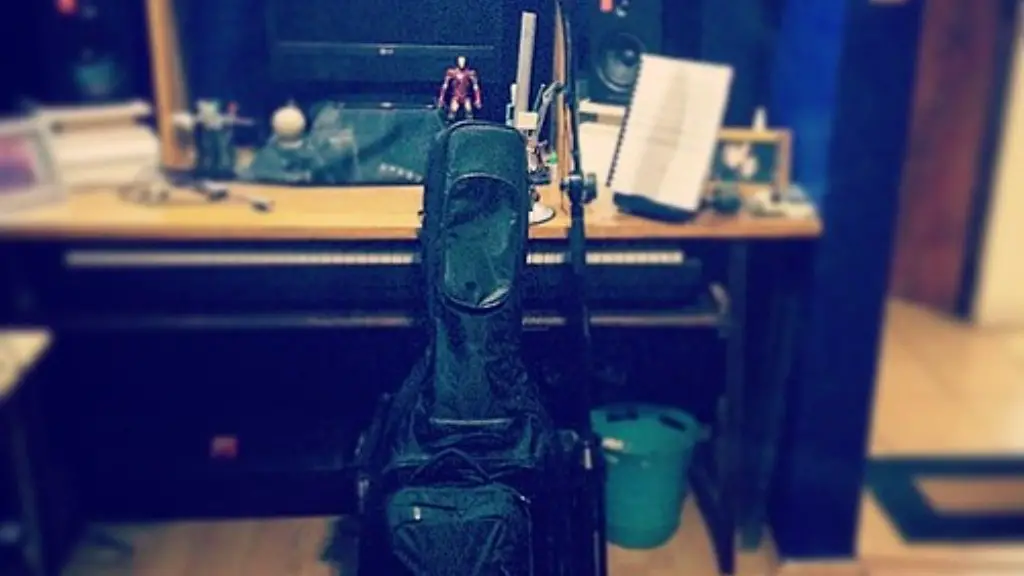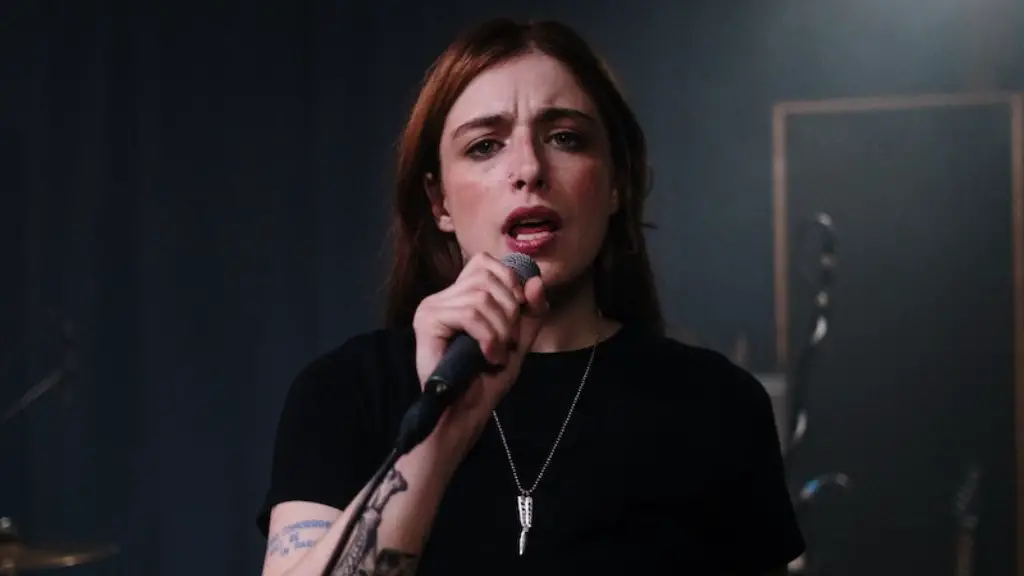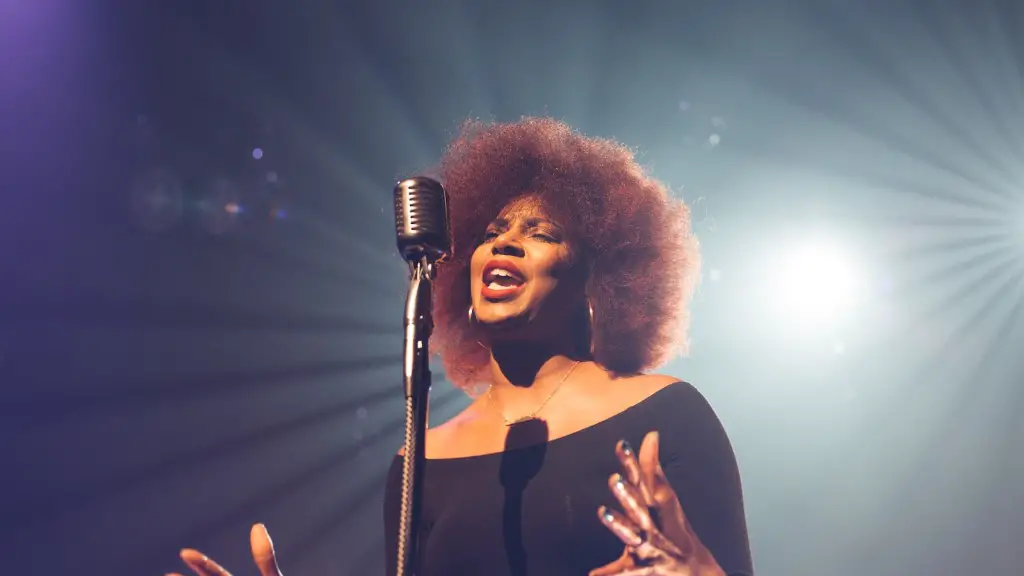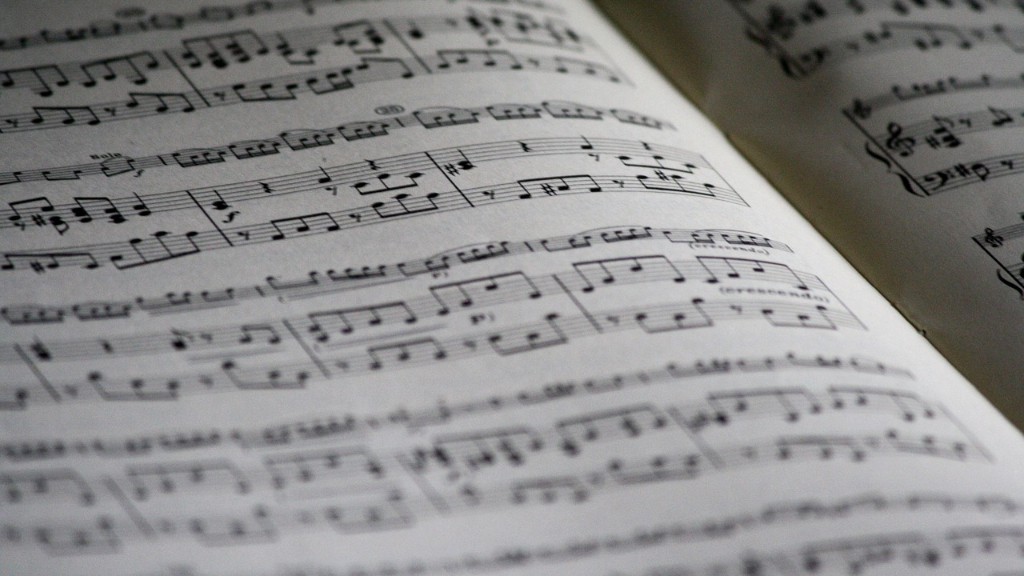In the Romantic era, music was used to express emotion and create mood. Romantic composers used musical signals to communicate with the audience and create an atmosphere of drama and excitement. There were no rules in this period, so composers were free to express themselves in any way they wished.
The Romantic era in music lasted approximately from 18501900. It was a time when composers began to feel passionate about expressing their innermost emotions in their music, and they had the freedom to do so thanks to wider social changes in the world around them.
Some of the greatest Romantic composers include Ludwig van Beethoven, Franz Schubert, Frederic Chopin, Johannes Brahms, and Pyotr Ilyich Tchaikovsky. They wrote some of the most beautiful and emotionally powerful music ever composed, and it continues to be popular to this day.
If you want to compose Romantic era music yourself, the best way to start is by studying the works of the great Romantic composers. Listen to as much of their music as you can, and try to identify what it is that makes their music so special. Then, try to express your own emotions in your music, and don’t be afraid to experiment with new sounds and harmonies.
How do Romantic composers compose music?
Composers of the Romantic Era believed that music was the best way to express emotions. They saw it as a way to express the full range of human emotions, from the simplest to the most complex. This made Romantic-era music some of the most expressive and emotionally powerful music ever written.
Romantic music is characterized by its freedom of form and design, its song-like melodies, and its dramatic contrasts of dynamics and pitch. Its big orchestras are due largely to the inclusion of brass instruments and the invention of the valve.
What are the musical elements of Romantic era music
The Romantic period in music was a time of great change and experimentation. The music became more expressive, with longer melodies and more use of dynamics and articulations. The major use of chromatic harmonies and dissonances created a more intense and passionate sound, and the larger instrumentations added to the drama. Opera became a popular form of entertainment, and the symphony became more expansive. The energy and passion of the Romantic period was unlike anything that had come before.
The Romantic period was characterized by a number of unique musical techniques that helped to create an intense and emotive sound. Chromatic harmony was one of the most distinctive features of this style, and it involved the use of chords derived from the chromatic scale. This created a more complex and expressive sound than traditional tonal harmony. Rubato was another important technique used during the Romantic period. This involved the strategic use of tempo changes to add intensity to a piece of music. By moving the tempo forward or backward, performers could create a greater sense of drama and emotion.
What are the 8 characteristics of Romantic music?
The music of the late Romantic period was characterized by its individuality of style, with each composer having a very distinct voice. This was in contrast to the earlier Classical period, when composers tended to adhere to a more unified style. The Romantic composers also had different expressive aims, with some focused on nationalism and others on exoticism. Program music, which told a story or conveyed a specific emotion, was also popular during this time. This type of music was often very expressive, with a wide range of dynamics, pitch and tempo. Forms also became more complex, with longer and more structurally diverse pieces being written.
Romanticism is all about imagination, emotion, and freedom. These are the things that make us feel alive and make life worth living. Romanticism is about celebrating life and enjoying the moment. It’s about being in touch with our emotions and being true to ourselves. It’s about being free to be who we are and doing what we want.
What are the 4 key points of romanticism?
Romanticism was a literary movement that spanned the late 18th century and early 19th century. The movement was characterized by a celebration of nature and the common man, a focus on individual experience, an idealization of women, and an embrace of isolation and melancholy. Romantic writers sought to escape the artificiality and confines of urban life, instead finding inspiration in the natural world and the emotions of everyday people. This emphasis on feeling and emotion led to a focus on the individual self, and an appreciation for solitude and introspection. Romanticism also had a significant impact on the visual arts, with artists such as Caspar David Friedrich and J.M.W. Turner creating works that reflected the movement’s spirit of naturalism and feeling.
In the late 18th and early 19th centuries, a new artistic and intellectual movement known as Romanticism began to take hold in Europe. This movement emphasized emotional expression, individualism, and a reverence for nature. Romanticism had a profound impact on art, music, literature, and philosophy.
What are the 3 types of music in the Romantic period
The Romantic period was marked by a dramatic increase in expressive and inventive compositions. This was in part due to the increasing popularity of art and literature during this time. Expansive symphonies, virtuosic piano music, and passionate songs were all inspired by the creative works of the day.
Melodies in the Romantic period were generally diatonic, but chromatic passages became much more frequent than in earlier periods. Melodies were lyrical and had longer phrases over more advanced harmonies than in the Classical period.
Who is the best composer of Romantic period?
Some of the best romantic composers in classical music history include Frédéric Chopin, Franz Liszt, Giuseppe Verdi, Richard Wagner, Fanny Mendelssohn, Pyotr Ilyich Tchaikovsky, Johannes Brahms, and Giacomo Puccini. These composers wrote some of the most beautiful and moving pieces of music that have ever been composed, and their music is still enjoyed by classical music lovers all over the world.
Romantic-era chord progressions include chords that are more distantly related, more colorful, and more dissonant than in previous eras. This reflects the intense emotions and conflict of the Romantic period.
What do composers try to express in Romantic music
Composers during the Romantic period were keen to express their emotions and feelings through music. They found the traditional, rigid musical forms too restrictive to convey these massive ideas and so embraced their passionate side. This resulted in music that was often highly emotional, expressing love, grief and tragedy.
romanticism is a arts movement that began in the late 18th century. it was characterized by its emphasis on feeling and emotion, rather than on reason and formalism. it focused on the individual, and on nature.
What are 3 characteristics of romantic music?
Compared to the music of the Classical era, Romantic music favors drama, spirituality, and a connection with nature. This is evident in early Romantic compositions like Hector Berlioz’s Symphonie Fantastique and the moody piano nocturnes of Frederic Chopin.
Musical Romanticism was a period of music history that lasted from the late 18th century to the early 20th century. This period was marked by an emphasis on originality and individuality, personal emotional expression, and freedom and experimentation of form. Many of the greatest composers of the Romantic era were fighting against the strict rules and conventions of the Classical period, and instead were creating new and innovative music that reflected their own personal styles.
What is the texture of romantic music
In music, homophonic texture is a type of musical texture where one melody is sung or played by multiple instruments or voices in unison or octaves. This is in contrast to monophonic and polyphonic textures.
Homophonic texture is the most common type of texture in Western music, appearing in many folk songs as well as in popular music and classical music. A well-known example of homophonic texture is the round “Row, Row, Row Your Boat.”
The five I’s of romanticism are imagination, intuition, individuality, idealism, and inspiration. This is the values and lifestyle of a Romantic and was the essence of the time period. Art, music, and literature was inspired by these concepts as they are influencing life today in the modern world as well.
Final Words
The Romantic era in music was a time of great change and innovation. Gone were the days of simple, predictable themes and harmonies. Music became more emotional, and composers sought to express themselves and their feelings through their compositions. Many different styles of Romantic music emerged, from the delicate and intimate to the grand and bombastic.
If you’re interested in writing music in the Romantic style, here are a few tips to get you started:
1. Use a wider range of dynamics than in previous eras. Music in the Romantic era was often much more dynamic, with loud and soft parts contrasting starkly with one another.
2. Get creative with your instrumentation. The Romantic era saw the introduction of new instruments, such as the piano and the violin. Don’t be afraid to experiment with different sounds and textures.
3. Write music that tells a story. Many Romantic composers wrote music with a narrative in mind. Think about what you want your music to say, and craft a story that your listeners can follow.
4. Create an atmosphere. The Romantic era was all about atmosphere. Whether you’re writing a quiet, intimate piece or a grand, sweeping symphony, make sure your music creates the mood you’re hoping
The Romantic Era was one of the most important and productive periods in the history of Western music, with composers such as Beethoven, Schubert, Chopin, and Brahms creating some of their most important works. While there is no one “sound” of Romantic Era music, certain compositional techniques and characteristics are associated with the period, such as the increased use of chromaticism, Rubato ( tempo fluctuations), and the inclusion of programmatic elements. If you are interested in writing Romantic Era music, or music in a Romantic style, these are some of the elements you will want to keep in mind.




